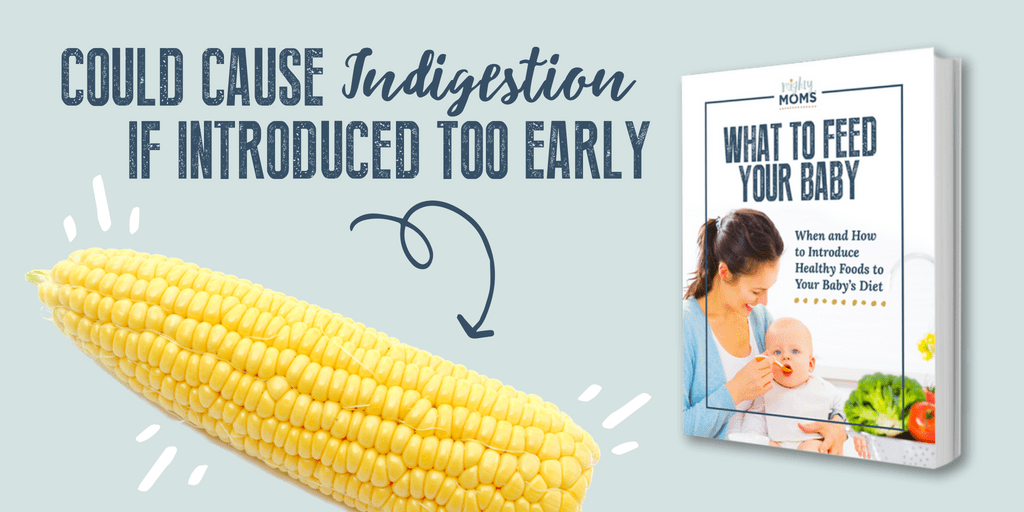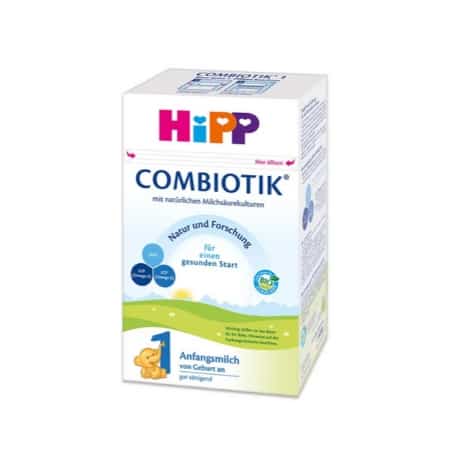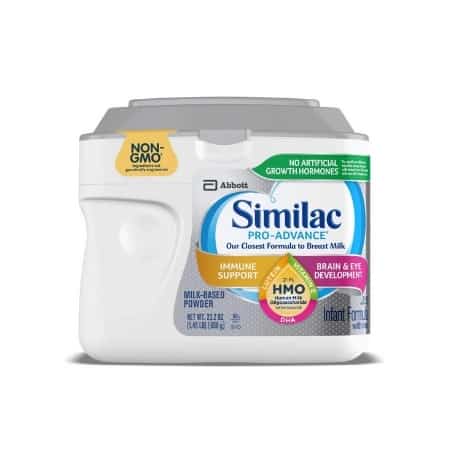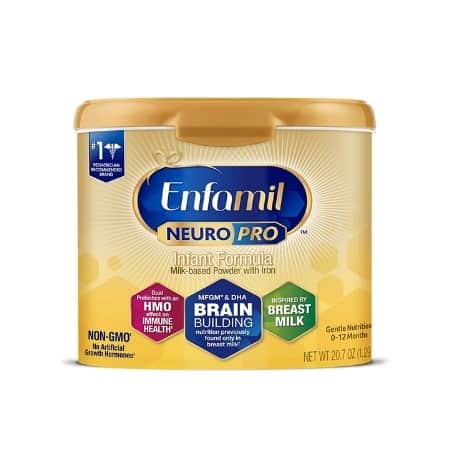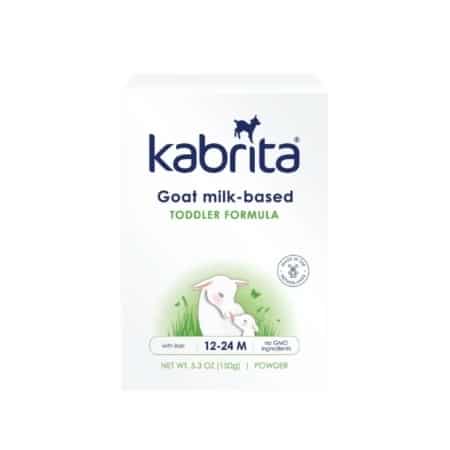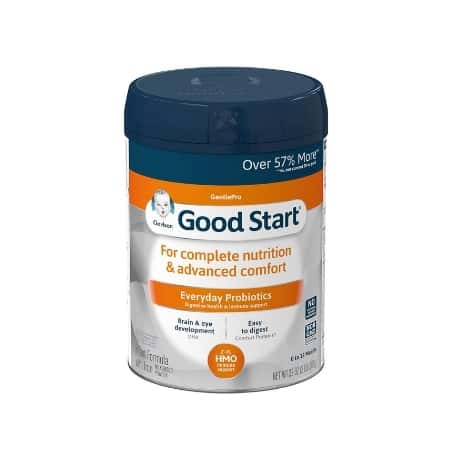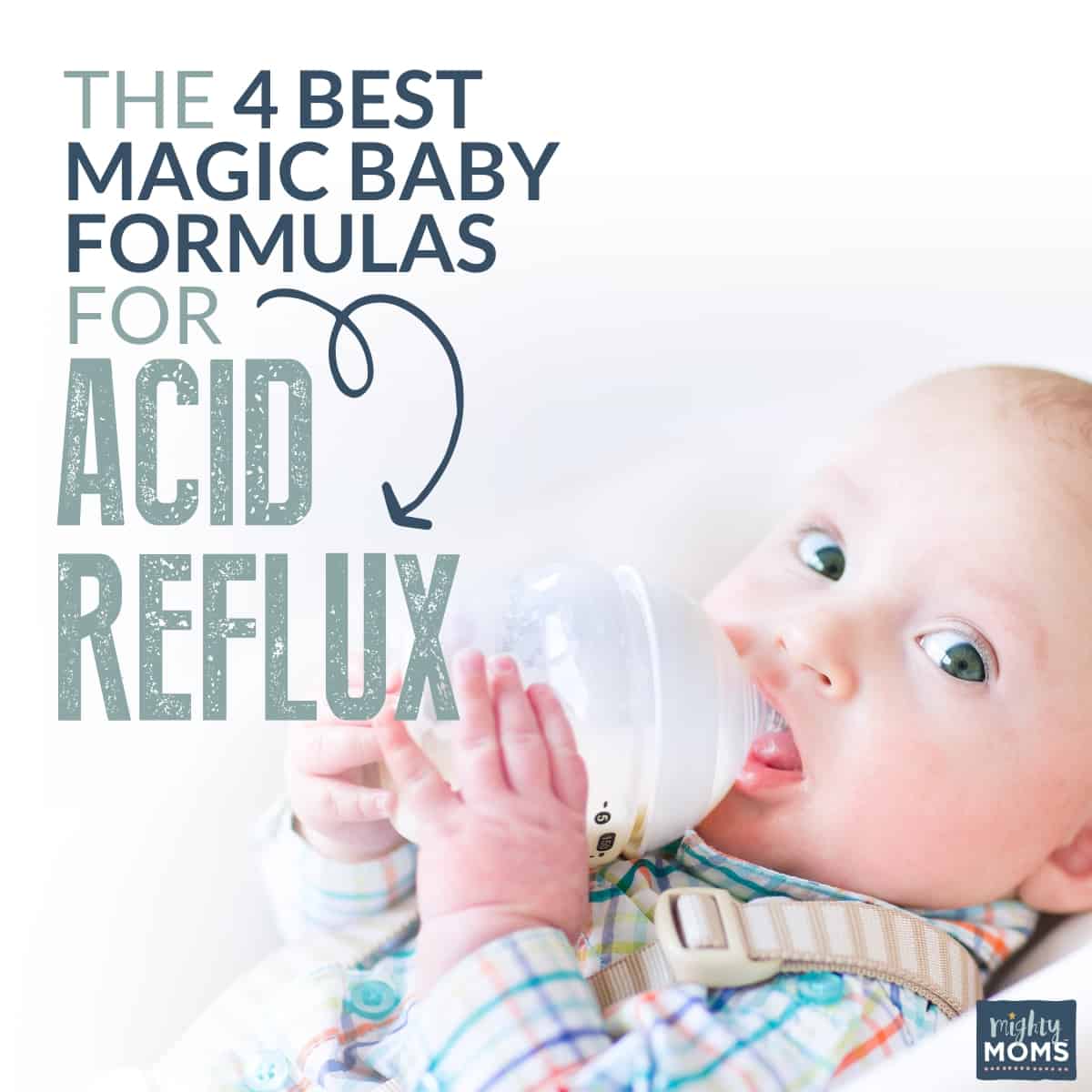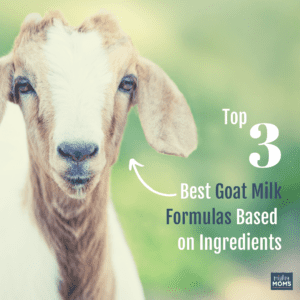In This Article...
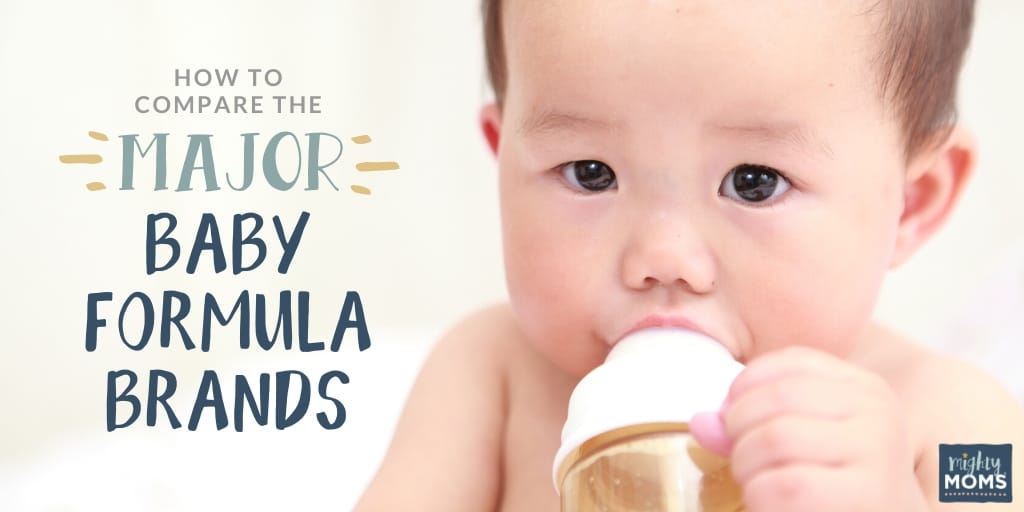
Ah….TENNN….tion! Are you prepared to run the gauntlet and choose a winner amongst the baby formula brands?
*walking down the boot-camp line*
This is WAR, Private Parent!
You thought you were about to do something simple (i.e. feed your baby), but now you find yourself smack-dab in the crossfire of cultural opinions, scientific debate, and a whole lot of yelling.
My job, as your Drill Sergeant, is to get you prepared for the decisions ahead. I’ve written several articles on baby formulas, but THIS article….this article is different.
We’re going to look at baby formula brands. Why? Because sometimes starting with the big questions (who has nuclear weapons?) can help you reach the answers to the smaller questions a whole lot faster (who do we need to be extra-specially nice to?).
Ready to start your Intelligence Briefing?
Warfare Question #1:
Understanding the Battleground of the Baby Formula Brands?
The worst mistake parents can make when evaluating baby formula brands is to believe that “simple” is better.
You don’t want a baby formula with a short ingredient list. In fact, if breastmilk itself was being approved for sale by the FDA, the ingredient list would be a long one. (Doubt? Check this out.)
Yep, you want a long list. Fortunately, though, most of the items on that list can be linked into three main nutritional categories:
- Carbohydrates—lactose
- Protein—whey and casein (Breastmilk starts out with a 90:10 ratio, but as your baby gets older that will change to 50:50.)
- A fatty acid—the largest % of fatty acid in breastmilk is palmitic acid (Babies struggle to digest animal fats, so in infant formulas this is achieved by using plant oils, even though the carbs come from cow or goat milk.)
Obviously, these aren’t the only components. There are micronutrients, DHA, probiotics… All kinds of extra healthy bonuses can be added.
Those three things, though, those are the absolutely minimum ingredients required. It’s how baby formula brands put those three puzzle-pieces together that makes them distinctly different, explaining why some babies will do better on a certain brand than others.
How to Read the Labels on Baby Formula Brands Correctly
The FDA has certain forms of nutrients approved for sale and requires labels to show those very specific nutrients. For example, you can’t just write the easily-recognizable “Vitamin B12” on the infant formula label.
Why? Because there are actually three different nutrient forms that can provide Vitamin B12, but only ONE of those three (Cyanocobalamin) has been tested and approved by the FDA for use in infant formulas.
For this reason, if you pick up a baby formula up at Target, you’re not going to see Vitamin B12 listed. It’s actually going to say Cyanocobalamin, which, let’s be honest, sounds a LOT scarier than Vitamin B12, even though it really just is Vitamin B12.
If you’re wondering why you have to have European baby formulas shipped, instead of picking them up at the store, that’s one of the reasons why. They don’t break down those general vitamins into the smaller nutrients and so cannot be approved for sale by the FDA.
Don’t be scared away by big words on the formula labels. There is a LOT of science that goes into these baby formulas. Unless you’re going to sit down for a two-hour conference with someone with a doctorate in nutrition (like I did), there’s a lot of things there that are just going to go over your head.
Instead of stressing out about what Cyanocobalamin is, I would instead turn your battle efforts to one main focus: Understanding whey and casein.
Warfare Question #2:
How Do the Baby Formula Brands Handle Protein?
As I said before, all baby formula brands use two strands of protein (just like breastmilk) called whey and casein. Each of those protein strands reacts to stomach acids in distinct ways.
This is important because it could mean the difference between having a Connie Contentment or a Gassy McGasFace at 11:30 at night.
- Whey proteins stay in a liquid form once they hit the stomach, letting them easily slip right through the digestive system.
- Casein proteins bundle together when they are surrounded by stomach acids. They are more commonly linked to milk allergies, since they harder to break down.
This means the more WHEY in a baby formula, the more gentle it will be for your baby to digest. Although breastmilk starts at a 90:10 ratio for whey/protein, the most common ratio (once your baby is no longer a newborn) is 60:40. Regular milk is 20:80, so baby formula brands have to fiddle with that milk to make it more compatible for tiny digestive systems.
That said, don’t just assume 100% whey is always the way to go. *puntastic high five* Casein is important for muscle development and lasts longer in the system, potentially helping your baby go longer in between feedings.
Each formula company believes it has the best ratio for babies. Your job, Private Parent, is to discover which ratio is best for your unique child.
Here’s the baby formula brand breakdowns for each company’s standard formulas:
- European baby formula brands are 20% whey, 80% casein.
- Similac formulas are 48% whey, 52% casein.
- Enfamil formulas are 60% whey, 40% casein.
- Kabrita goat milk formulas are 50% whey, 50% casein. (Click the link for a free sample)
- Good Start formulas are 100% whey (no casein).
The Unique Thing about Goat Milk Formula…
One final little thing to mention, goat’s milk formula is a tad different than all the other cow’s milk formulas. The casein of goat’s milk doesn’t form a tight little ball in the stomach like cow’s milk.
Instead, the curdled casein remains loose, like cottage cheese. This makes it a lot easier to digest and makes it one of the best options for avoiding constipation. (Click for a free sample!)
If organic formula is important to you, try Holle’s goat milk formula.
Warfare Question #3:
What is Your Monthly Military Budget?
We’ve looked at the battlefield.
We’ve examined the weaponry.
It’s time for the last final question: How are you going to PAY for all this every month?
Option A: Buy in Bulk, Auto-Ship
If you’re trying to save money on your baby’s formula, the easiest way to do that is to purchase your baby’s formula in bulk and have it automatically shipped (for free) regularly to your home.
What fantastical arrangement is this? It’s called Subscribe and Save and it will rock your world.
Here are a few of the bulk prices right now at Amazon for you to compare. Yes, they feel more expensive, but trust me, when you do the per/oz calculations, you’re going to find that you save a lot more money when you purchase in bulk.
For organic European baby formulas, Organic Baby Formula 24 is a reputable company (I’ve worked with them for years) that offers deep discounts for bulk orders. Since they ship directly from their warehouses in Germany, their prices are a lot lower. (And they avoid being shut down by the FDA with your money and no product to ship.)
Option B: Ditch the Cow, Go with Goat
If you have a little flexibility in your monthly baby formula budget, and your baby has already started solids, I would take a hard look at a goat’s milk formula.
Goat’s milk is naturally sweet, easier to digest than cow’s milk formula, and comes from the happiest goats in the Netherlands. Click here for a free trial and see what you think!
Option C: Buy European Organic
If it’s really important for you that your baby’s formula is organic, I would consider choosing one of the European baby formulas. These formulas are in a whole other category of “organic” than the normal standards here in the US.
It’s more expensive than standard US formulas, since it has to be shipped from Germany, but you already knew, when you typed the word “organic” that you were going to be a little extra, so why not make sure you’re getting the purest organic baby formulas on the planet?
Read my article here about what makes European organics a cut above the US organics, or skip all that and place an online order now and have your organic formula before the weekend.
Warfare Question #4:
Do You Remember Your Marching Orders?
Okay, we’ve finished our Intelligence Briefing and you now know everything you need to know to win the Battle of the Baby Formula Brands.
Before the horn shouts and you start charging down the hill, cutlass waving, don’t forget your marching orders.
Don’t worry, it’s insanely simple.
Feed your baby.
That’s the objective. At the end of the day, that’s all that matters. A growing, healthy, precious baby.
You may find your first few skirmishes with the bottle unsuccessful, with extra toots and burps, perhaps even a few strange-colored poos. That’s okay! You’re not going to win them all.
Just keep going. Try each new formula for at least a week, gradually introducing each formula over a few days (20:80, then 50:50, then 80:20) and watching your baby’s diapers and overall temperament to determine your baby formula brand winner.
I promise you, at some point in the future, you’re going to get through this gauntlet and end up victorious, with your conquer’s flag raised on the other side.
Well done, Private Parent.
My apologies!
Make that Major Mother.
*salutes*
We Love Citations!
Nestlé Completes Acquisition of Pfizer Nutrition. Nestle.com
What’s in Breastmilk and What’s in Formula? BellyBelly.com.au
Whey: Casein Ratio in Infant Formula. ChampsPublicHealth.com
Baby Formula Protein Source. BabyFormulaExpert.com
Formula List. ChadHayesMD.com
Choosing Formulas. DrSears.com
Goat’s Milk Formula Nutritional Comparison Chart. KabritaUSA.com
We ♥ honesty! This post contains affiliate links that provide extra money for our mutual coffee habits addictions. Click here to learn more. As an Amazon Associate I earn from qualifying purchases.
